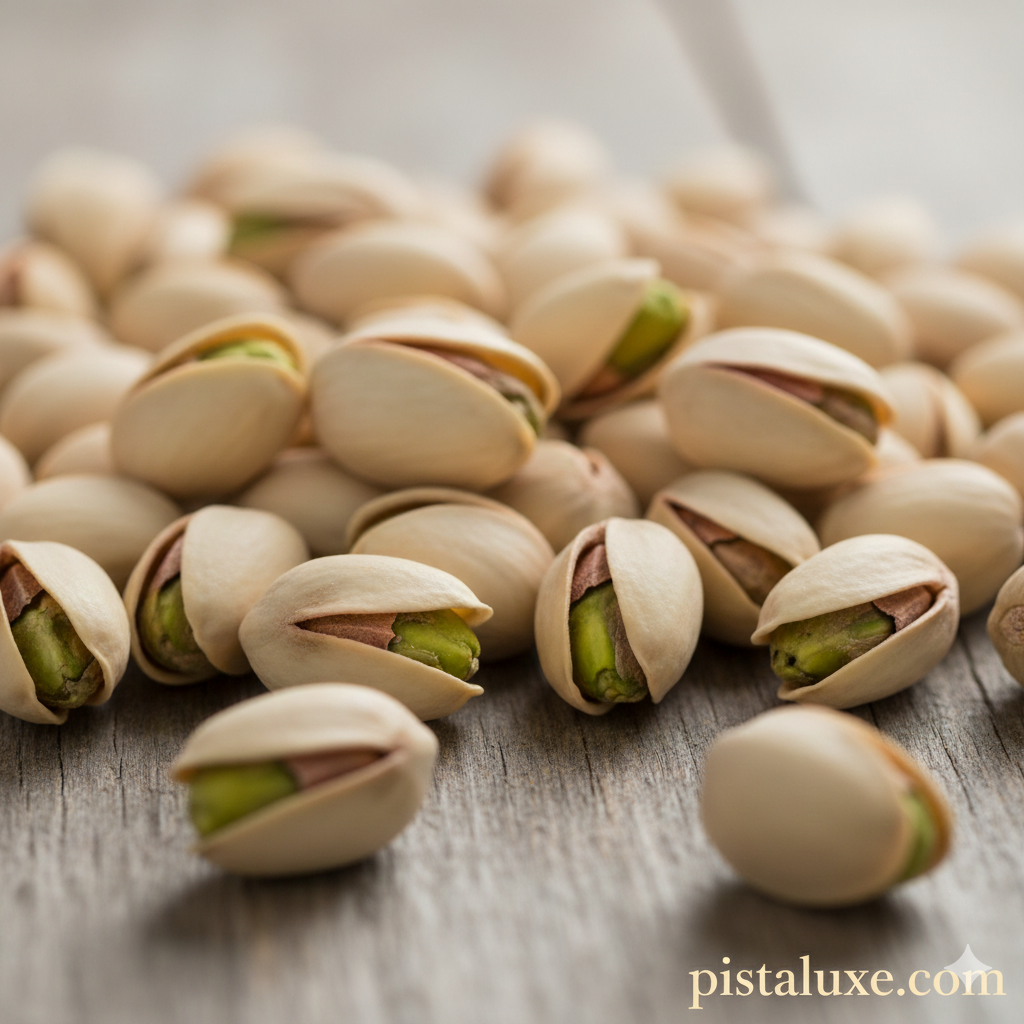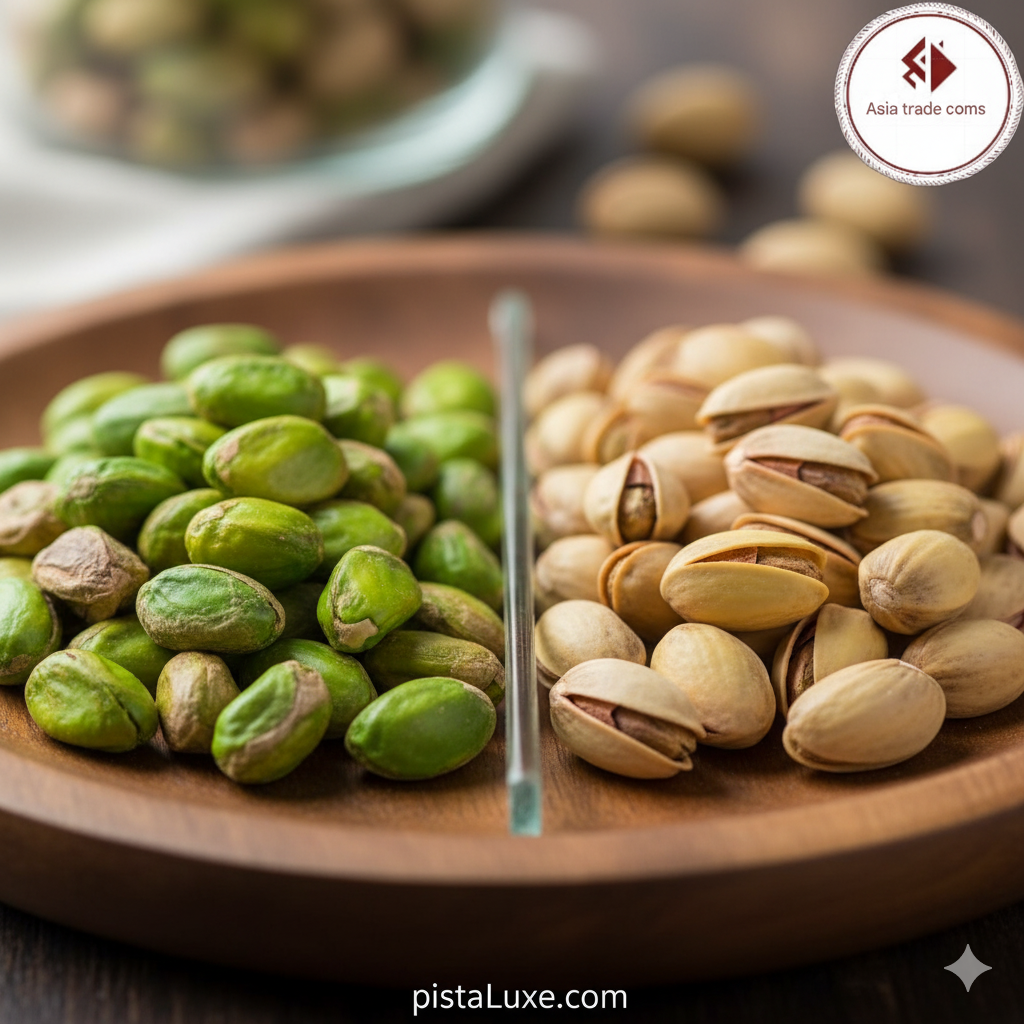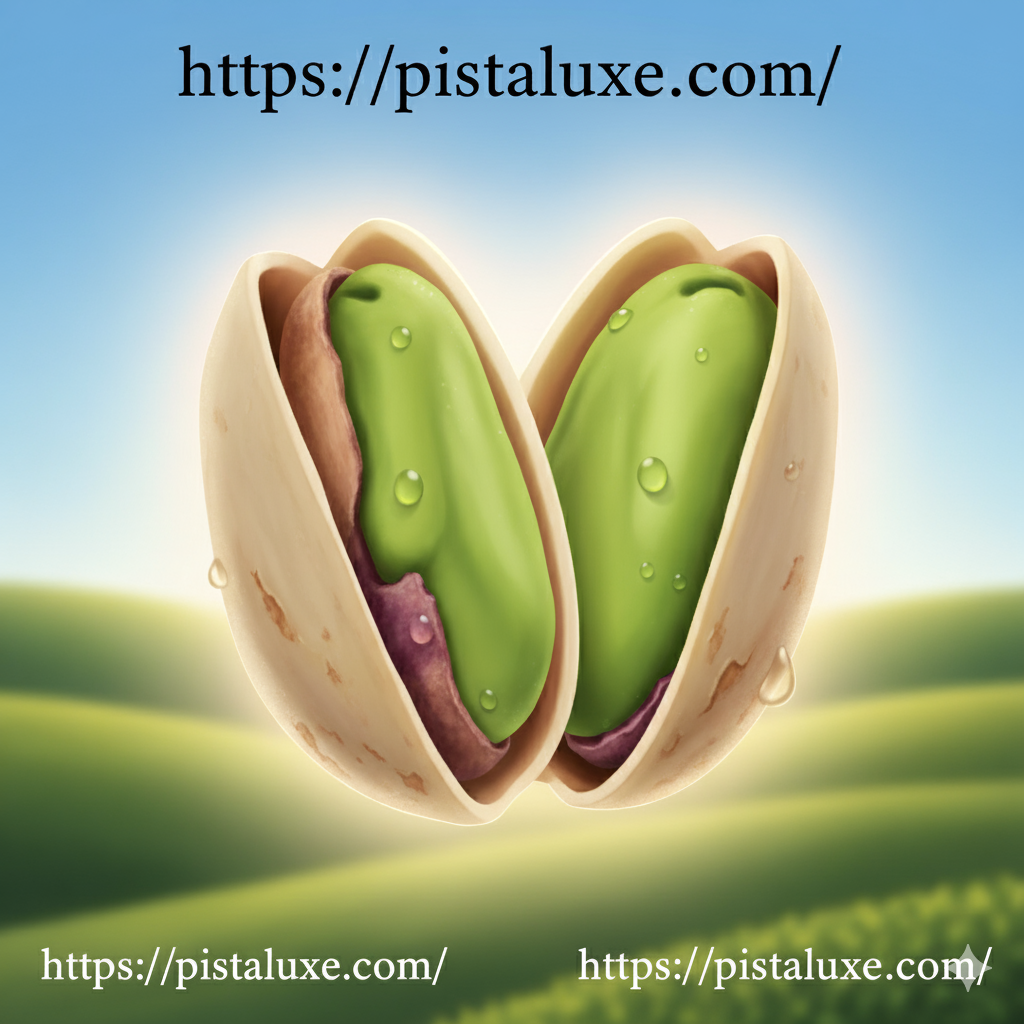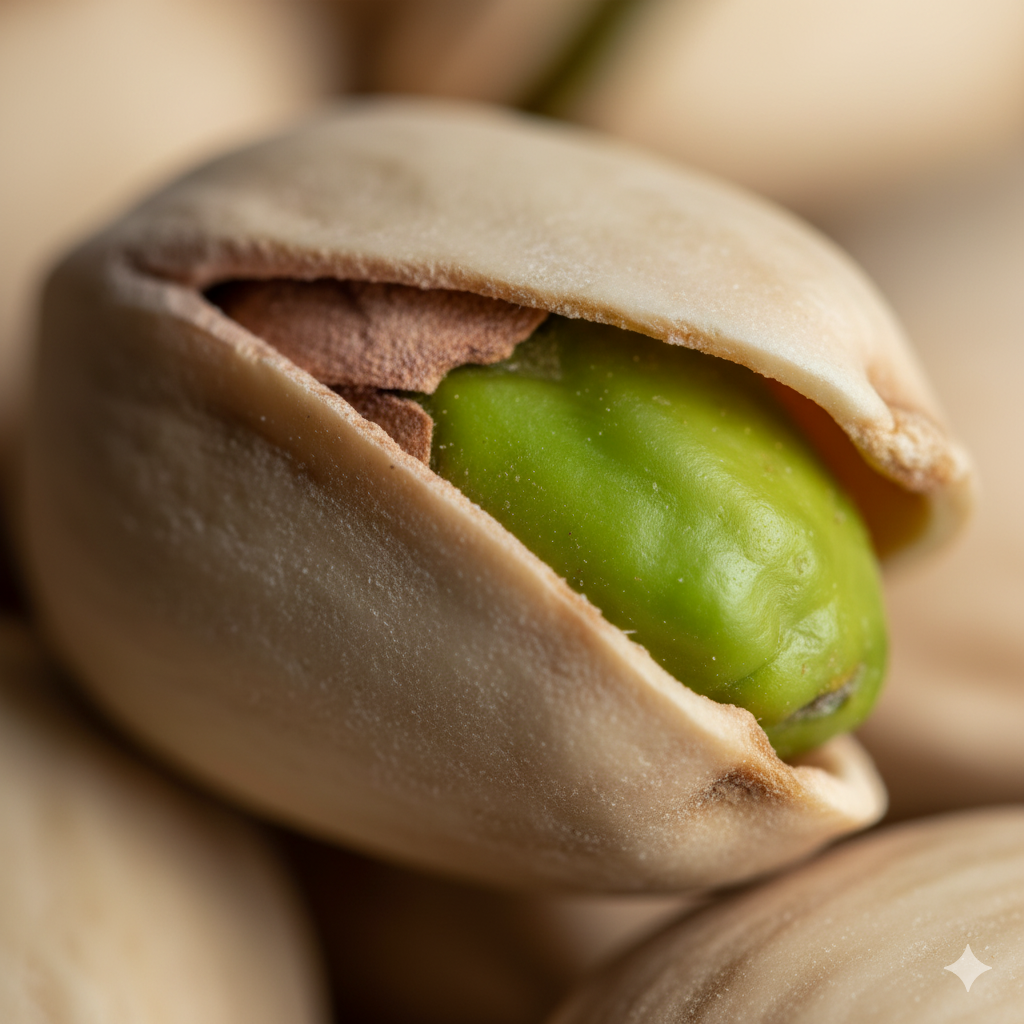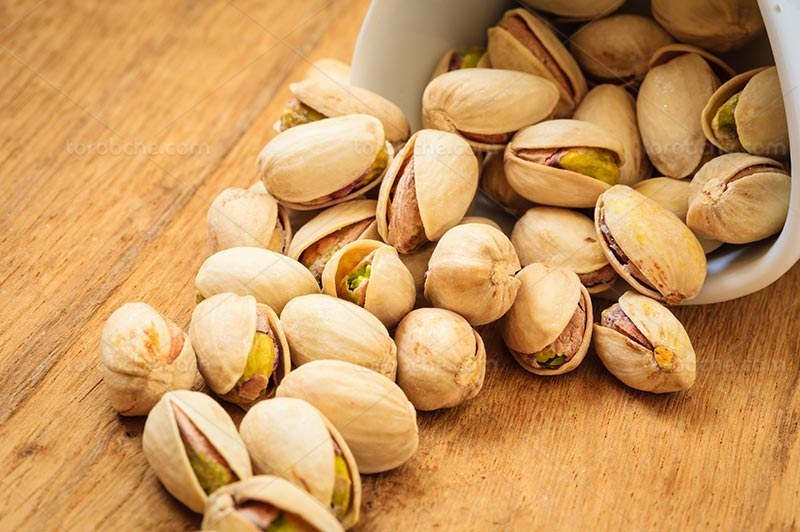
From Farm to Framework: Unlocking the Green Potential of Pistachio Husks in Sustainable Construction
Keywords: Pistachio Husks, Green Building, Sustainable Design, Construction Materials, Agricultural Waste, Bio-materials, Eco-friendly Construction, Renewable Resources, Insulation, Architectural Innovation, Waste-to-Value
The global construction industry is under immense pressure to adopt more sustainable practices and reduce its environmental footprint. As a result, there is a growing interest in utilizing readily available, renewable, and often-overlooked resources. Pistachio husks, a byproduct of the substantial pistachio processing industry, offer a compelling opportunity to contribute to green building design through their unique material properties and inherent sustainability.
Pistachio husks are characterized by their high lignocellulosic content, which provides them with excellent structural and insulating capabilities. When processed, they can be transformed into various composite materials suitable for a wide range of construction applications. These materials can serve as alternatives to conventional, resource-intensive products, thereby promoting a more circular economy within the building sector.
The environmental advantages of incorporating pistachio husks into building materials are considerable. Firstly, it addresses the issue of agricultural waste management by diverting a significant volume of material from landfills or unsustainable disposal methods. This process aligns with the principles of waste valorization, transforming a liability into an asset. Secondly, the embodied energy associated with producing pistachio husk-based building materials is generally lower than that of traditional materials such as cement, bricks, or plastics. This reduction in energy consumption translates directly into a lower carbon footprint for the constructed buildings.
Furthermore, pistachio husks are a naturally abundant and renewable resource, replenished annually through agricultural cycles. This makes them a reliable and sustainable feedstock for building material production, reducing dependence on finite resources. Their biodegradability at the end of a building’s life cycle also minimizes long-term environmental impact, distinguishing them from many synthetic building products.
From a performance perspective, research and preliminary applications have shown that pistachio husk composites can offer competitive properties. Their natural fibrous structure contributes to good thermal and acoustic insulation, which are crucial for energy efficiency and occupant comfort in buildings. When formulated with appropriate binders, such as bio-based resins or natural cements, these composites can achieve sufficient mechanical strength for non-load-bearing applications like partition walls, ceiling panels, and decorative elements. Their inherent resistance to moisture and decay, when properly treated, further enhances their durability.
The aesthetic qualities of pistachio husk materials are also noteworthy. The natural texture and warm earthy tones can lend a unique visual appeal to interiors and exteriors, contributing to biophilic design principles that connect occupants with nature. This offers architects and designers a versatile material that is both functional and aesthetically pleasing.
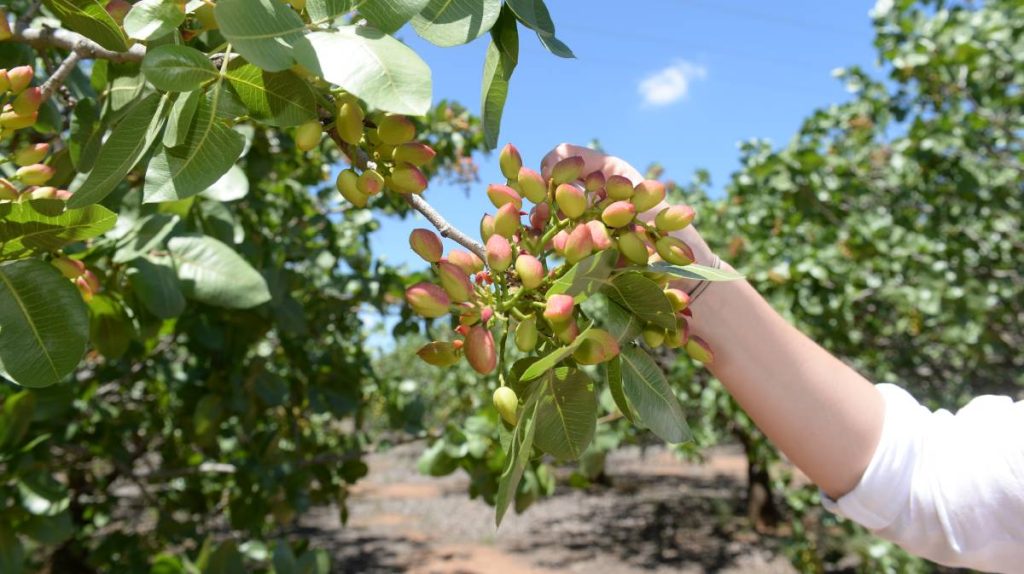
Potential applications for pistachio husks in green building include:
- Bio-composite panels: For interior walls, ceilings, and partitions, offering insulation and a natural aesthetic.
- Insulating boards: Providing thermal and acoustic performance for building envelopes.
- Lightweight aggregates: For non-structural concrete or plaster applications.
- Fillers: In various composite materials to reduce the need for synthetic binders.
To fully realize the potential of pistachio husks in construction, further research and development are essential. Optimizing processing techniques to enhance material properties such as fire resistance, water repellency, and long-term durability is key. Standardization of manufacturing processes and material testing will be crucial for widespread adoption and to ensure compliance with building codes and standards.
The economic feasibility is also an important consideration. Developing cost-effective processing technologies and establishing robust supply chains will be necessary to make pistachio husk-based materials competitive with existing options. This presents an opportunity for innovation and the creation of new green industries, particularly in regions with significant pistachio cultivation.
In conclusion, pistachio husks offer a sustainable and innovative solution to the construction industry’s environmental challenges. By transforming agricultural waste into valuable building materials, we can reduce environmental impact, conserve resources, and promote a more circular economy. The continued exploration and adoption of these bio-based materials are vital steps towards achieving truly sustainable and responsible architecture for the future.
For purchasing pistachios and dried fruits, as well as for more information regarding collaboration, you can contact Mr. Ravanshad via WhatsApp at the following number:
WhatsApp Number: +989214773705


